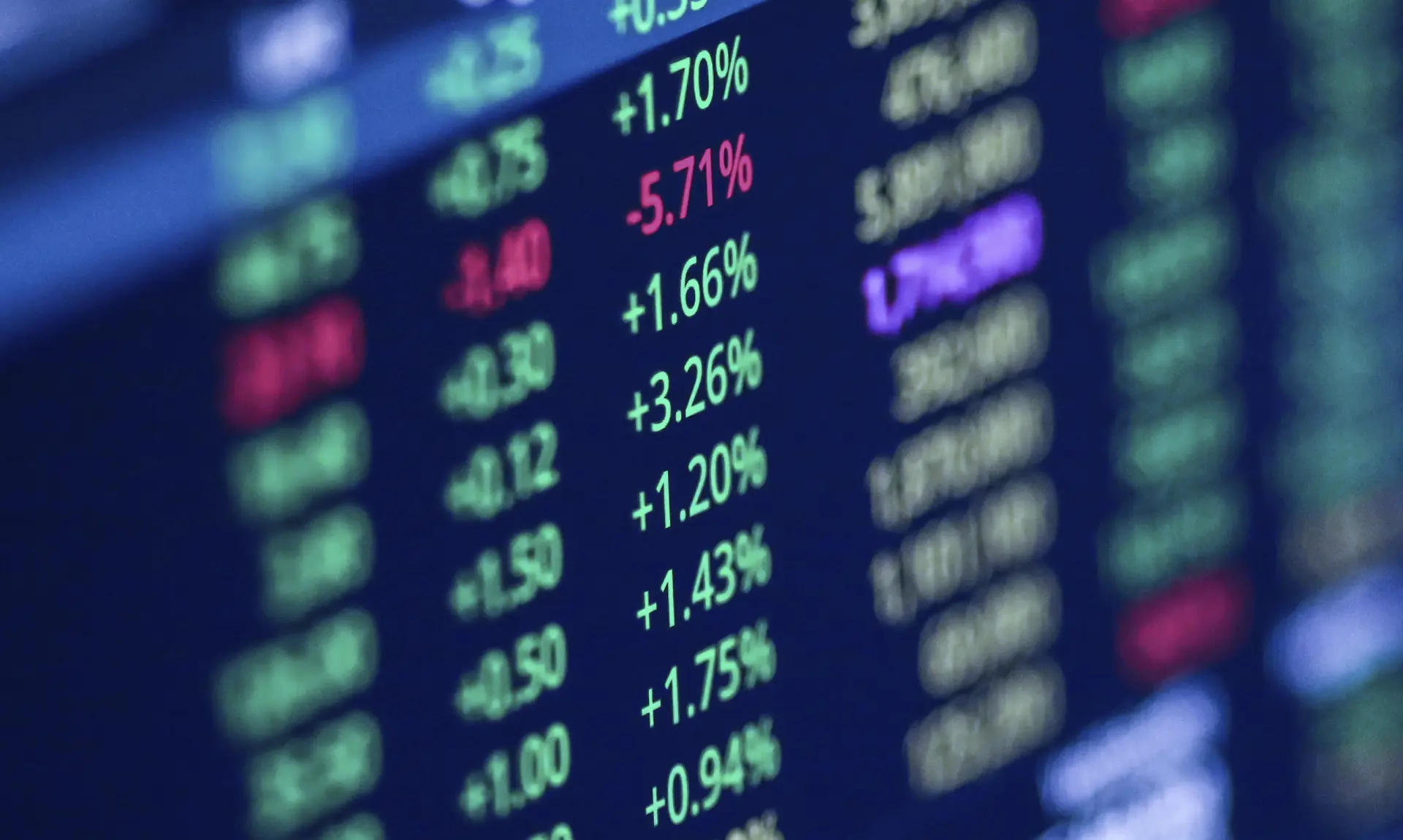Recognizing the Four Market Types
The Stock market is a dynamic and complex environment that can prove challenging to navigate. We can typically describe the stock market as one of the following four distinct market types:
- The Good News is Good News Market
- The Good News is Bad News Market
- The Bad News is Bad News Market
- The Bad News is Good News Market
Familiarity with these markets can offer valuable insights, aiding investors in their investment decisions.
Monetary policy is a tool the Federal Reserve uses to control the overall money supply. It promotes economic growth and employs strategies such as revising interest rates and changing bank reserve requirements. Monetary policy influences the market and, ultimately, how the Federal Reserve is expected to act. By using these tools, the Federal Reserve tries to regulate the economy and ensure that it remains stable.
The Good News is Good News Market
Usually, a “Good News is Good News Market” is preceded by an economy that has come out of a downturn, like a recession, and companies’ earnings are rising while The Fed is in neutral, letting the economy expand. During this type of market, growth stocks seem to do well. As the economy expands, it grows faster than we can control, and inflation rises. So we head into a Good News is Bad News market.
The Goods News is Bad News Market
A “Good News is Bad News Market” occurs when the economy continues to grow and becomes overly exuberant. As good news comes in, the market worries that the Fed will react and start tightening monetary policy, making it harder on companies with higher borrowing costs, etc.
As this continues, we can see more companies starting to turn and miss earnings estimates. This is the most challenging economy for growth stocks. This is an excellent time to be more selective about your stock picks. Companies that provide essential goods and services like food, utilities, and other basic needs tend to perform better. These companies tend to pay dividends and create a “getting paid to wait” strategy. You collect and can reinvest these dividends at lower prices, and when the economy and company begin to grow again, you have more shares and make more money. The market then heads straight into a “Bad News is Bad News Market.”
The Bad News is Bad News Market
A “Bad News is Bad News Market” occurs when the economy is falling, and more companies are reporting lower earnings. Job layoffs are happening, and things are getting tougher. During this time, the Fed meetings have become increasingly important as we wait for them to throw us a lifeline. We wait to see if this next economic report will get the Fed to move and let us know we are in a “Bad News is Good News Market.”
The Bad News is Good News Market
As the bad news comes in, the market starts to feel like the Fed will move to an accommodative monetary policy and ease the purse strings. During a “Bad News is Good News Market”, we will see interest rate cuts and more money put into the system. At this point, the Fed is trying to keep us out of a recession and create a “Goldie Locks” economy that is not too hot or cold. This market is good for bargain shoppers and good companies selling food at good prices.
Navigating the Market Cycles
The market cycles go round and round, and the painted ponies go up and down. As the song says, “We’re traveling on the carousel of life.” As long as you stay focused on your goals and keep the bulls and bears fed, you’ll be just fine.
Understanding these market types and the impact of monetary policy on investments can significantly enhance your investing strategy. For more insights and personalized advice tailored to your financial goals, contact J. Blum & Associates Wealth Management. We’re here to help guide you through the complexities of the stock market and ensure your investment decisions align with your financial aspirations.
#471420.
About Us
Stay Informed
Subscribe to the J. Blum & Associates Newsletter









